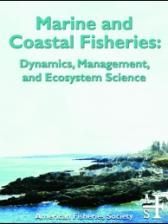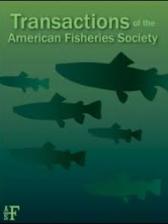Red Snapper Barotrauma

About this project
An iconic Gulf species, Red Snapper suffer many pressure-related injuries (known as barotrauma) during fishing that may not allow them to survive catch-and-release. A species that supports highly lucrative commercial and recreational fisheries, Red Snapper are a vital commodity for coastal communities across the Gulf making sustainable management of this species of paramount importance.
Center for Sportfish Science and Conservation (CSSC) researchers are studying how season, depth, and other factors influence the severity of barotrauma injuries, and are determining the best release methods to maximize survival of these discarded fish and enhance Red Snapper populations. Research includes examining how certain tools may increase the survival of released snapper; estimating the rate of death in discarded fish; monitoring the post-release behavior of Red Snapper tagged with acoustic transmitters; and using hyperbaric chambers, which can control pressure, to simulate the effects of catch-and-release on these fish and how depth may impact their survival. We are also working directly with stakeholders to assess depredation of fish released on descender devices and determine what species are responsible for the depredation observed.
Research Objectives
- Determining best release methods for improving survival in the recreational Red Snapper fishery
- Researching how rapid recompression and descender tools can increase the survival of released Red Snapper
- Estimating discard mortality and monitoring post-release behavior in Red Snapper using acoustic transmitters
- Using hyperbaric chambers to simulate multiple recapture events and the effects of depth on survival
- Documenting depredation rates on descending fishes and identify species responsible for that depredation
Publications
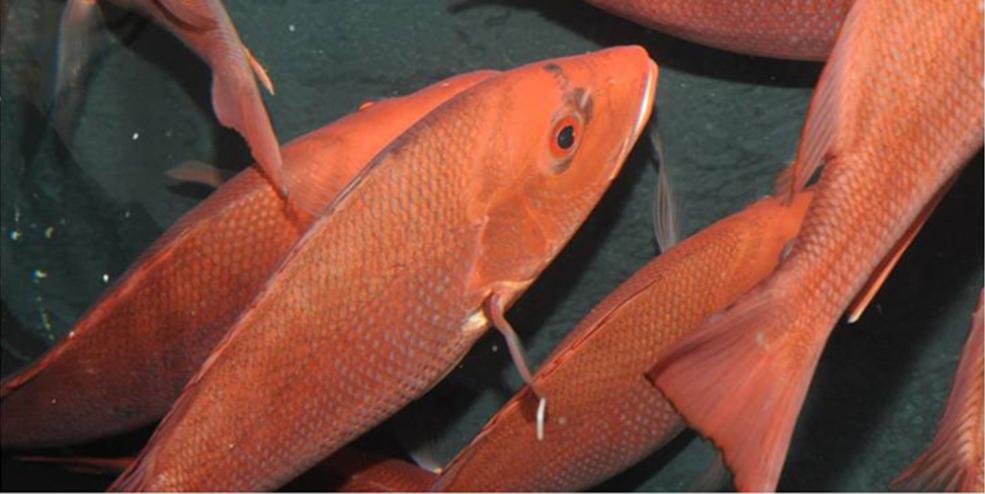
Red snapper is an iconic Gulf species and our research goal is to provide the sound scientific data fishery managers need to better enhance red snapper populations.
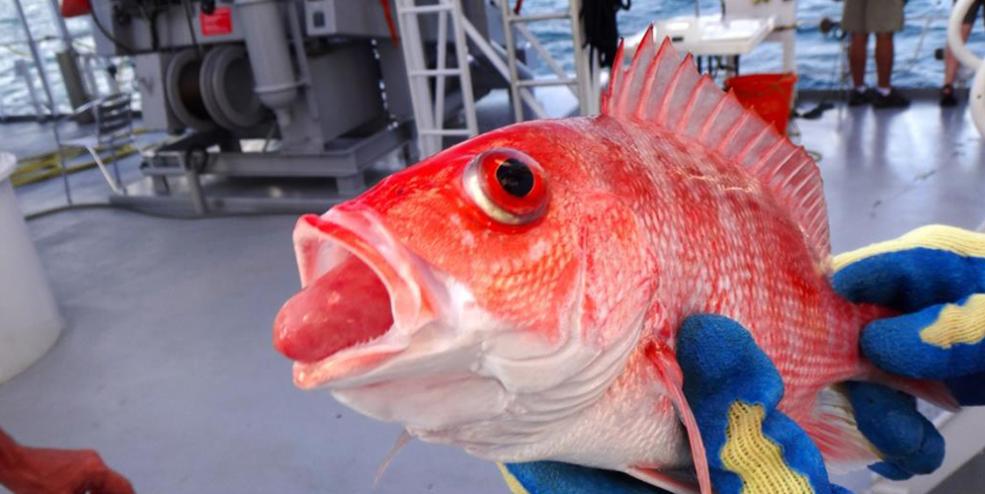
Red snapper experience a suite of pressure-related injuries (collectively called "barotrauma") when brought to the surface during fishing. These may include the stomach everted from the mouth and bulging eyeballs.
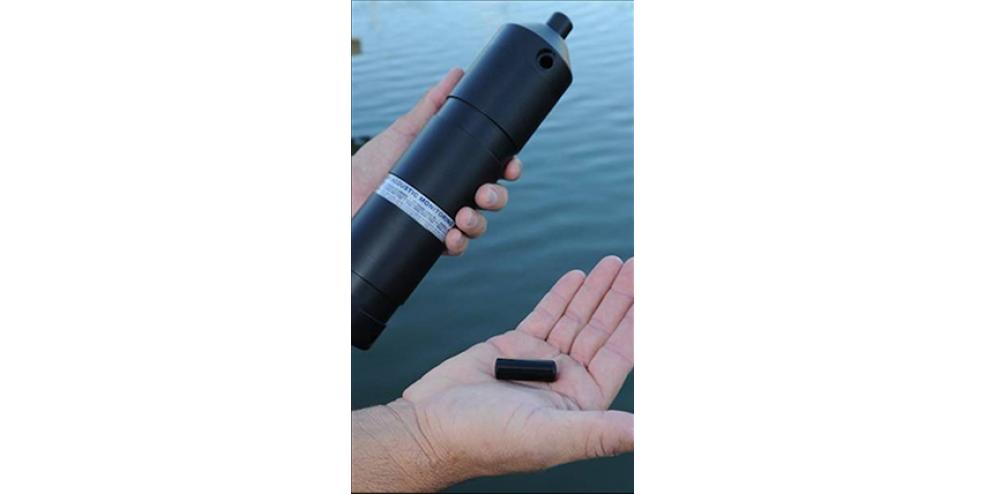
Using state-of-the-art acoustic transmitters and receivers, we are estimating delayed mortality and monitoring post-release behavior of discarded red snapper in the field.
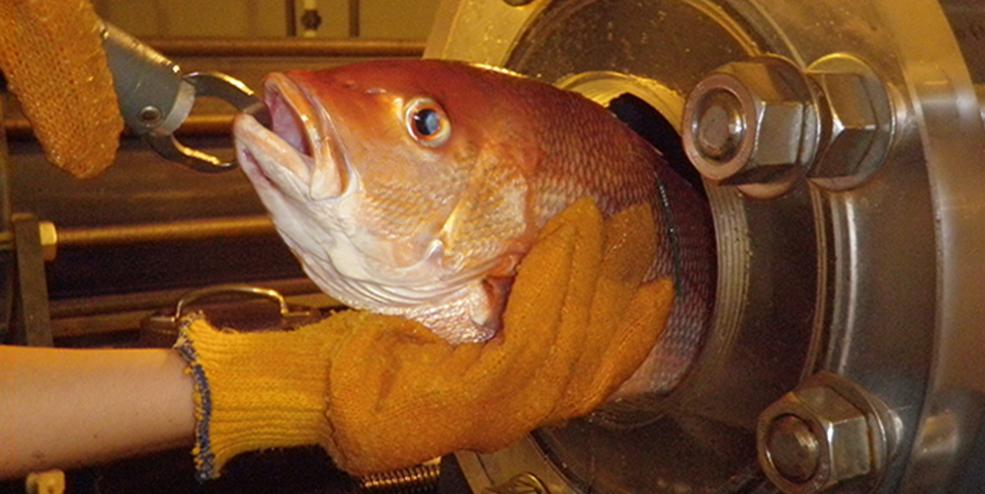
Using hyperbaric pressure chambers, we can stimulate fishing at various depths and the effects of multiple recaptures on fish survival.
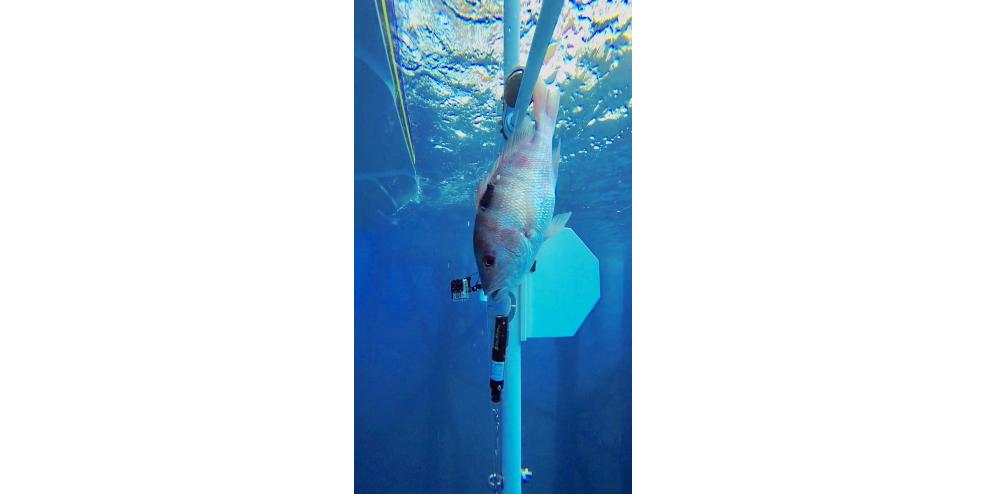
New descender devices such as the SeaQualizerTM are gaining popularity as an alternative to venting practices.
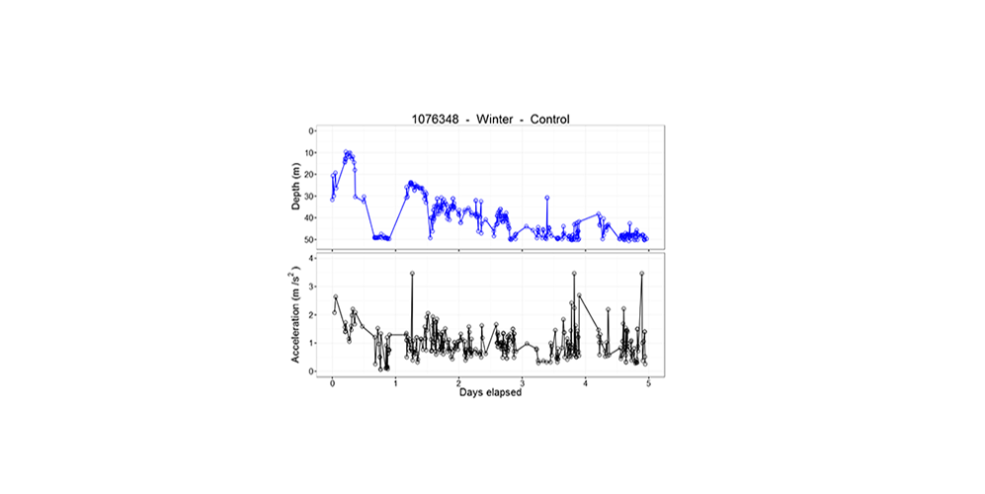
Results from the acoustic transmitters provide acceleration and depth data allowing us to monitor the fish's activity post-release.
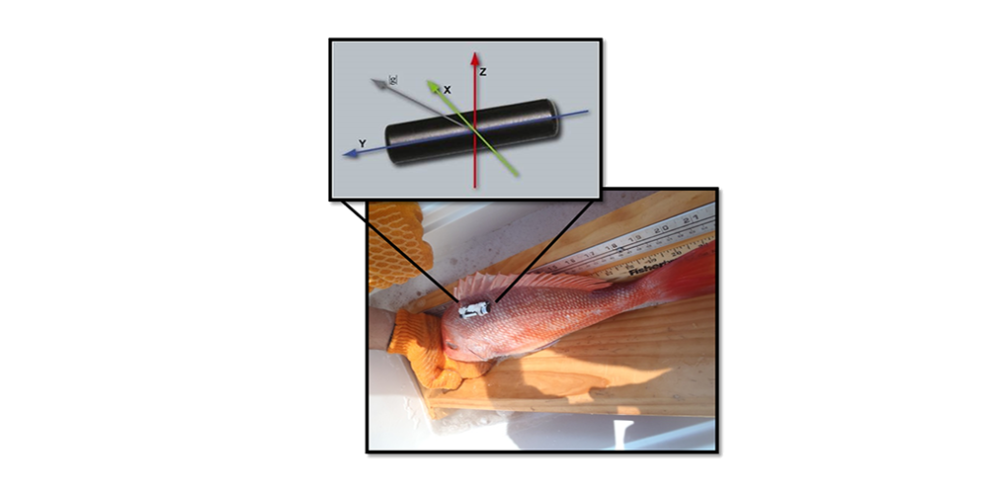
Red snapper are tagged with an electronic transmitter that measures fish activity and depth, which provides answers to numerous life history questions.
